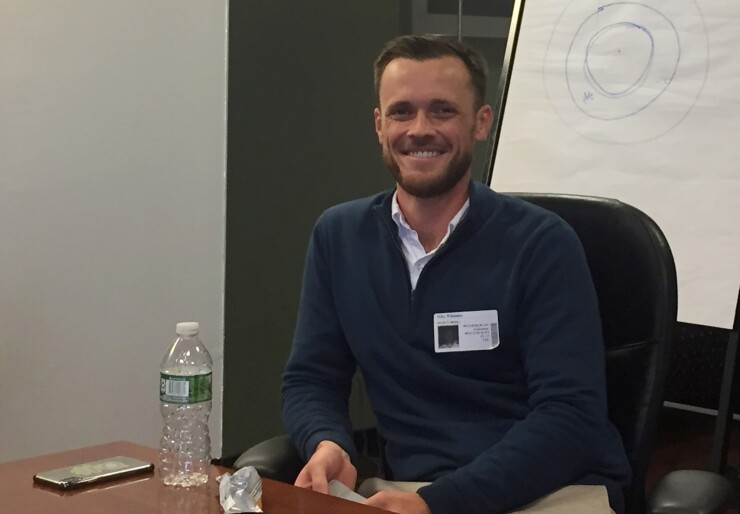Auditing costs are going up for companies, in part due to new accounting standards for revenue recognition and leases, according to a new survey.
The
Nearly 90 percent of companies report audit costs increased over the two years after implementation of the revenue recognition standard. Fifty percent of the businesses surveyed said it took up to three months to conduct the year-end audit.
“The topline message is that you need someone preparing your audits,” said FloQast CEO Mike Whitmire. “Definitely they’re time consuming and expensive, and fees are going up with ASC 606 and ASC 842. Our auditors increased their fees after 606 adoption. It makes sense that audit fees would go up when there is a review of the new adoption [of a standard]. When I was an auditor and would look at a company adopting new guidance, I would ask how did they approach this and how did they decide. It’s a learning curve for the auditor. When I was talking with my auditors about it, I would have expected a bump for this year and a dropoff for the next year. I was expecting the fees to drop, but that’s not how it’s going at all.”

Over half of finance teams (53 percent) reported substantial increases in audit costs in the past two years, driven mainly (64 percent) by the new accounting rules. The vast majority (81 percent) of companies that have adopted the revenue recognition standard in their audit procedures reported it has negatively impacted their audit, increasing the cost and time to complete it and adding additional stress and frustration to the process. Ninety percent expect their audit costs to further increase in the next two years and more than half (55 percent) of large companies (over 1,000 employees) have annual audit fees of more than $250,000.
Ninety-five percent of the survey respondents said they face challenges with their audits, including conflicts with other work (82 percent), the complexity of accounting rules (58 percent), and dealing with the stressful time that has a personal impact on their staff (50 percent). In addition, 66 percent of the respondents said that CFOs and controllers live in fear they may have missed something in their financials that will come under the scrutiny of the auditors.
Close management software is helping improve the audit process for 91 percent of the finance teams that use it, and they are less likely to expect significant increases in the cost of their audit in the future. Eighty-nine percent of the survey respondents indicated they would benefit from additional software capabilities, commonly found in close management, during their audit.
“Audit fees just go up, and I don’t know why,” said Whitmire. “There’s no good reason why it’s a more complicated audit. When I think about the fees, it’s a little frustrating to me. This new guidance puts a ton of stress on my internal audit department, to reconcile it while getting audited at the same time. It’s double-duty pressure. It’s a twofold impact and there’s stress on my team to get through that stuff.”





